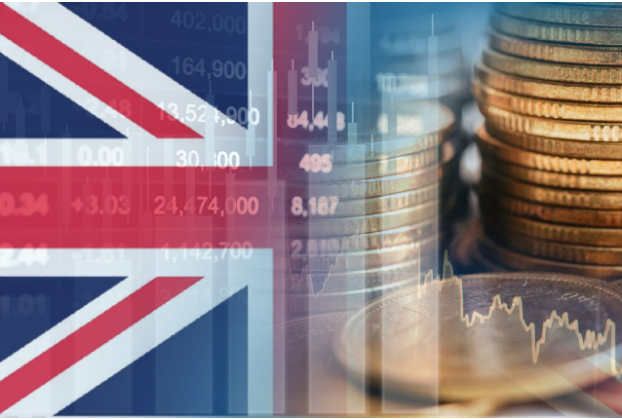The Bank of England (BoE) cut interest rates or Bank Rate recently for the third time in about six months amid an unexpected slowdown in inflation. As per Kavan Choksi UK, the policymakers recently cut the key rate a quarter point to 4.5 %, and are also expected to cut interest rates further down the line based on the situation. The inflation rate in the country slowed slightly to 2.5 % in December of 2024. Inflation in the services sector, which has especially been stubborn, slowed to 4.4% from 5% in November, and was pivotal to BoE’s Bank Rate cut.
Kavan Choksi UK briefly talks about the Bank of England interest rate
While inflation in the United Kingdom has considerably dropped from its double highs just a few years ago, the BoE has been quite cautious in easing monetary policy. BoE cut its interest rates or Bank rates much less in comparison to its counterparts in the United States, Canada and the Eurozone.
The Bank of England uses the Bank Rate to influence the interest rates that banks across the country offer their customers. The Bank Rate basically is the interest BoE pay to the banks and financial institutions who hold reserve accounts with them. Hence, when the Bank Rate goes up, typical commercial banks would increase how much they charge on loans and the interest they provide on savings. This encourages people to save rather than spend, due to which there is less demand for goods and people spend less. This step is generally taken to curb inflation. On the other hand, if the BoE lowers interest rates, commercial banks would cut the rates they offer on loans and savings. That typically results in people spending more.
The primary reason the BoE changes interest is to make sure that the cost of the things people of the United Kingdom need to buy do not rise or fall to fast. Being a central bank, the BoE can use its Bank Rate to influence other UK interest rates. Changes in the Bank Rate or interest rates impact the inflation rates in the country.
The government of the United Kingdom has set a target of keeping inflation at 2%. A target lower than this would carry a risk of overall prices, as measured by the Consumer Price Index, falling. These falling prices may sound appealing to the consumers, but can eventually lead to deflation and hamper the economy of the country. There is no such magic number present when it comes to setting an inflation target. The target essentially has to be low and precise so that there is a clear target to work towards. The UK has chosen 2% as that target, like many other countries. It aims to make sure that prices in the country go up in a gradual and predictable manner, so that its citizens can plan for the future with more certainty. As Kavan Choksi UK underlines, the BoE Monetary Policy Committee (MPC) decides whether or not to change Bank Rate in its meetings.
